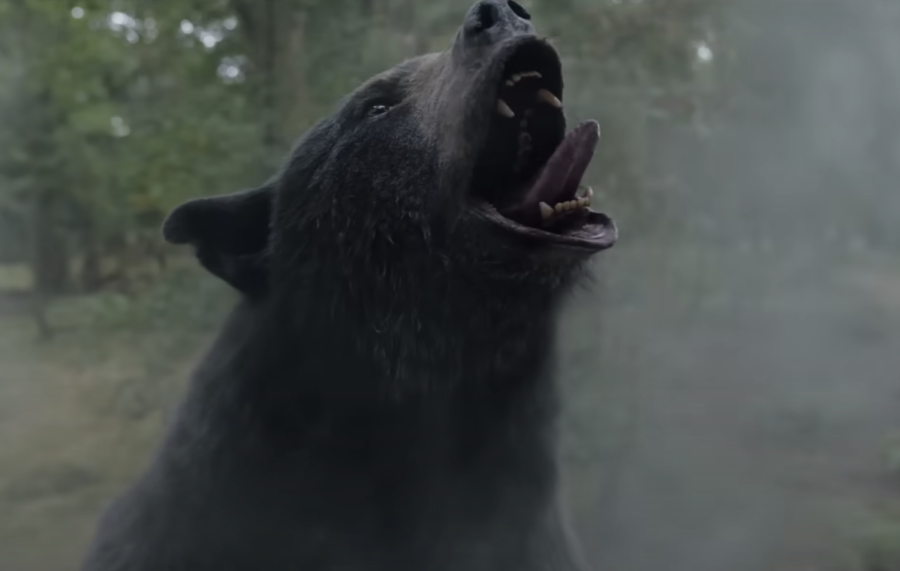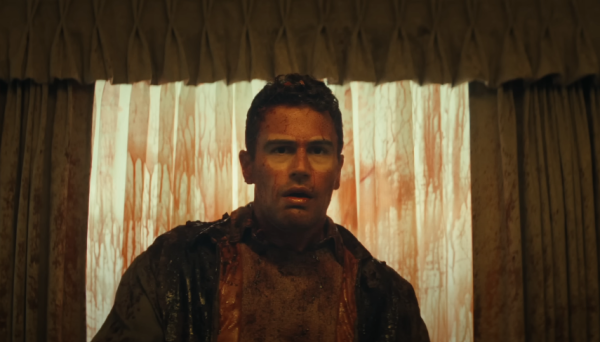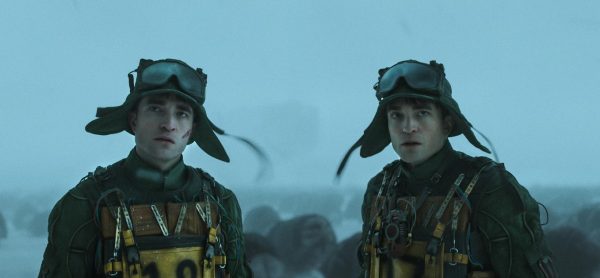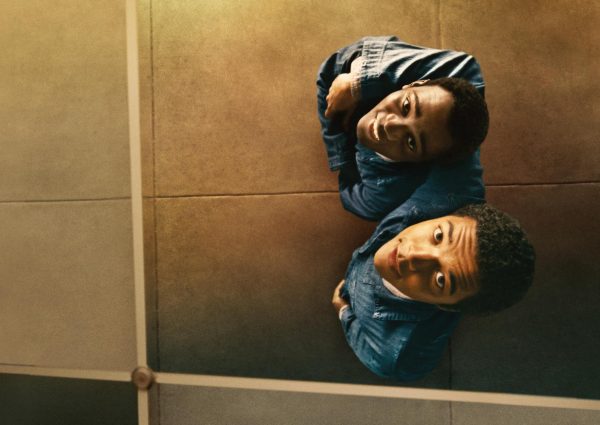Cocaine Bear: The Bear Does, In Fact, Do Cocaine
Is a review of this movie even necessary? Chances are, you’ve already read the title and decided whether or not this cinematic venture is worth the price of admission. Elizabeth Banks’ Cocaine Bear has been a Gen-Z hyperfixation since the name first hit the internet. Featuring a surprisingly stacked cast and a trailer that just screams “this will rot your brain in the best way possible,” Cocaine Bear is a cinematic breeding ground for memes and clickbait. So what can I, the not-so-professional film critic that I am, do to sway or deter you from watching a black bear do cocaine? Does a combination of words exist to provide anything of value in regards to Cocaine Bear? Maybe not, but with God as my witness, I’m at least going to try to find them.
The year is 1985. Narcotics officer-turned-drug-smuggler Andrew C. Thornton has just dropped multiple packages of cocaine over the mountains of Tennessee from a plane. A 175 pound black bear discovered and consumed a significant portion of this cocaine, suffering a fatal overdose shortly there after. That’s where the true story ends. However, Cocaine Bear offers a much more…bombastic interpretation of these events.
The film’s titular bear does not overdose, but instead goes on a viscera-soaked rampage. This proves to be quite a problem for our cast of disparate oddballs, for they all find themselves trespassing on the bear’s territory. Now, a determined mother (Keri Russell), two drug dealers (Alden Ehrenreich and O’Shea Jackson Jr.), and a pair of precocious kids (Christian Convery and Brooklynn Prince) must find a way to survive the omnivore’s coke-fueled uproar. Throwing more bodies into the mix, the script also includes a lovesick sheriff (Isiah Whitlock Jr.), an indignant park ranger (esteemed character actress Margo Martindale), and a fearsome drug lord (the late, great Ray Liotta in one of his final roles).
It blows my mind that Elizabeth Banks assembled such a talented group of actors for what is effectively a middle of the road B-movie. This ensemble includes alumni from The Americans, The Wire, Justified, and Martin Scorsese films. They are ridiculously over-qualified for this material and carry Cocaine Bear well beyond its one-joke premise.
Most of these actors perfectly understand the film they’ve agreed to be in and do their job accordingly, greatly elevating a less-than-stellar script. The entire cast has so much screen presence that they succeed in bringing these characters to life through their charisma alone. Beloved character actress Margo Martindale completely throws herself into her role as jaded park ranger, and her dedication to the part earns a lot of laughs. Almost everyone here is operating on that wave-length, fully embracing the absurdity of their thinly-written parts.
Yet even with a strong cast, many of these characters still suffer from a dire problem: they’re all trying to be funny. A comedy like this only works when the characters treat the plot sincerely, for something preposterous is always funnier when it’s played straight. Unfortunately, almost everyone in Cocaine Bear is written to be goofy and over-the-top with little room for actual personality.
That being said, the ensemble manages to keep these outlandish roles grounded, preventing the film from becoming obnoxious. But the jokes still feel repetitive when there aren’t strong characters to back them up. That’s why Alden Ehrenreich is a surprising stand-out here; he’s the lone straight man in a cast full of wacky eccentrics. While everyone else has to ham it up, Ehrenreich is the only one allowed to play this material deadpan, and it’s really effective. His dry reactions to the narrative’s situational chaos result is legitimately hysterical, thanks in large part to his understated delivery.
Despite its shallow characters, Cocaine Bear mostly succeeds as a moderately amusing hyperlink comedy. The same cannot be said in terms of the movie’s B-movie aspirations, for the horror filmmaking on display is disappointingly lackluster. Elizabeth Banks shows potential as a component splatstick director, but a lot of her choices here didn’t work for me. She’s not especially creative with her violence, and a lot of the gore (while admirably graphic) leaves very little of an impression.
Save for some admittedly brilliant sight gags (there’s a headshot worthy of a Sam Raimi film), it feels like the filmmakers simply resort to violence when they can’t think of anything else. And they frequently can’t think of anything else. The kills feel like watching someone do the same pratfall over and over again. They’re never scary, rarely inventive, and not even all that funny.
I hate to be this hard on something called Cocaine Bear, but I can’t help but see all the ways this could be so much better. With a (much) stronger script and more confident horror filmmaker at the helm, we really could have had a great B-movie. But alas, what we’re left with is nothing special. It’s entertaining, thanks in large part to a gifted cast, but you’re not going to remember it in a couple months. Yet Cocaine Bear still makes a killing at the local theater, nearly selling out night after night.
Perhaps we’ve reached a point where just the idea of a movie is enough to watch it. To hell with the execution, story means nothing when compared to meme-ability. Of course, I’m being hyperbolic. If you enjoyed this, more power to you. I didn’t hate it, I just wanted something more. But then again, many could argue it’s foolish to walk into a film called Cocaine Bear expecting a real movie. So if you’re one of the many who read the title and thought, “that’s worth eleven dollars of my time,” you’ll have a blast. Because you’re gonna get exactly what you pay for.






